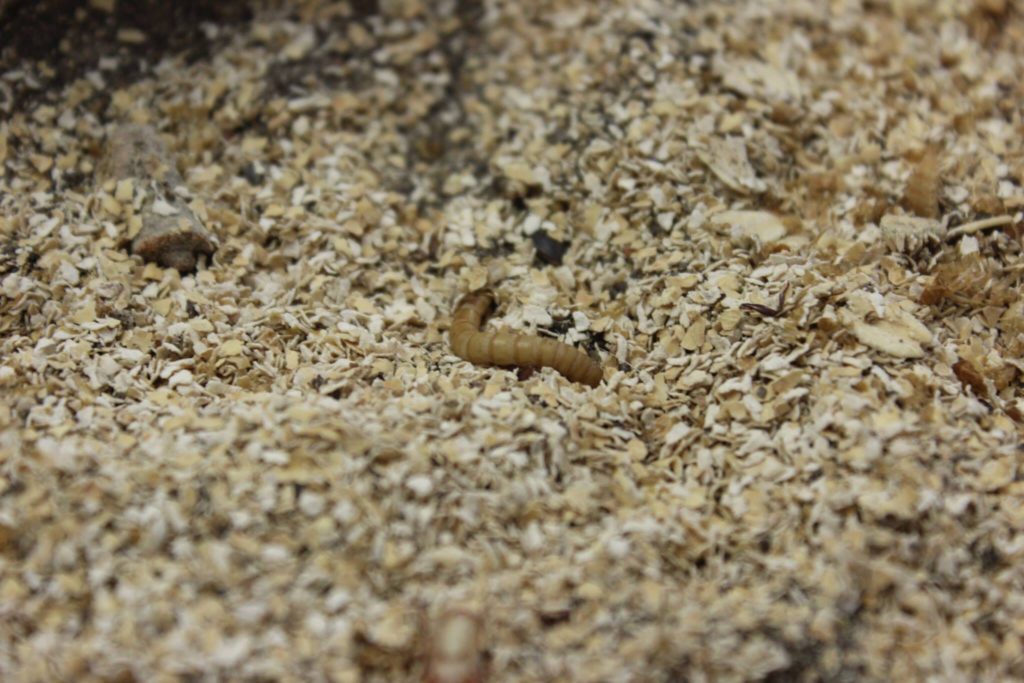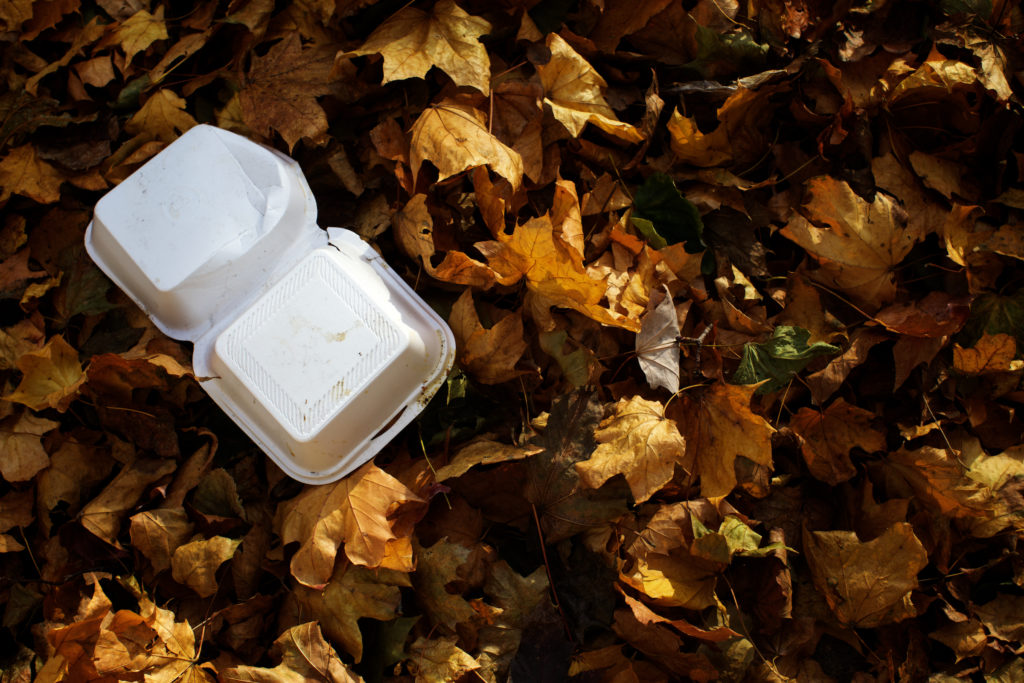Mealworms can safely eat toxin-laden polysytrene

Good news: if your mealworms eat something nasty, you can still feed them to your chickens — even if they’re munching on plastic laced with toxic chemicals.
New research from Stanford University shows that mealworms can not only eat polystyrene products containing a toxic flame retardant, but they can also excrete the poisonous plastic without accumulating it in their bodies. That is to say, the grubs can still be safely used as protein-rich feedstock for animals.
Mealworms, the grub-like larvae of darkling beetles, can have a bad reputation of being an agricultural pest, but they are also a perfect feed for domestic fowl like chickens, or even pets like reptiles and fish. A DIY mealworm farm is a cheap and easy way to make treats for your farm fowl from the comfort of your own home.
That’s good, but it’s even better that the worms may be able to do double duty helping to manage the world’s plastic problem. Previous research from Stanford University showed that mealworms are able to consume and biodegrade polystyrene using microorganisms in their guts.
“The exact mechanisms [for breaking down polystyrene] are the focus of ongoing research,” said the study’s lead author Anja Malawi Brandon, a PhD candidate in civil and environmental engineering at Stanford.
Still, the results are surprising and encouraging. The new research is the first to look at where the plastic — and the potential toxins it carries — ends up after the mealworms chow down on it.
The study looked at hexabromocyclododecane, or HBCD, a flame retardant commonly added to polystyrene, particularly for insulation in buildings. The chemical can have significant health and environmental impacts, ranging from endocrine disruption to neurotoxicity.
“HBCD is the most commonly used flame retardant in polystyrene products, which is why we choose to focus our work on it,” Brandon said. “There are many other chemicals used in different types of plastics [like plasticizers, stabilizers and different types of flame retardants] that could behave differently in the gut because of their chemical properties.”
In this case, though, mealworms isolate, concentrate and excrete the toxic flame retardant using bacteria in their gut after they consume plastics laden with the stuff, generally within 48 hours. Moreover, mealworms fed a steady diet of HBCD-laden polystyrene were found to be as healthy as those with normal diets.
“This work provides an answer to many people who asked us whether it is safe to feed animals with mealworms that ate Styrofoam,” Wei-Min Wu, a senior research engineer in Stanford’s Department of Civil and Environmental Engineering, told the Stanford News Service.
Mealworm-excreted HBCD still poses a hazard, and managing the by-products is another matter. Still, given the fact that an estimated 2.5 million tons of polystyrene are thrown away every year, occupying 30 percent of all landfill space, it’s a start.

The researchers also admit that the findings play a small role in a larger discussion about reducing plastic waste.
“This research represents an exciting possible answer for the question of what to do with all the plastic waste we have already created,” Brandon said, “but without a doubt, the most important next step is to reduce our reliance on single-use plastic waste and start developing policies and cultural norms that move towards a more circular economy.”
